🌟 About the Dr. EYE Project
Dr. EYE started as a simple idea, something that I wanted to bring to life just because I thought it would be fun and challenging. I’ve always been fascinated by the intersection of technology and creativity, and I tend to gravitate toward building things that might seem odd or unusual to some—but that’s exactly what excites me.
Honestly, this project wasn’t meant to be perfect from the start. I just wanted to create something that didn’t exist, something that blended both form and function. At first, I wasn’t even sure if it would work! The first prototype, which used the ESP8266 and a TFT LCD, was pretty rough around the edges, but it gave me a chance to experiment and learn.
As I progressed, I realized that Dr. EYE had the potential to be more than just a side project. It could be a fun platform to explore, adding more features as I went along. The whole journey has been about trial and error, learning from mistakes, and making small improvements with each iteration. I’ve upgraded the project to use the ESP32 for better performance, but honestly, it’s still a work in progress.
At the end of the day, this project reflects my love for building things and pushing boundaries, even when I’m not entirely sure where it will lead. And that’s the fun of it.
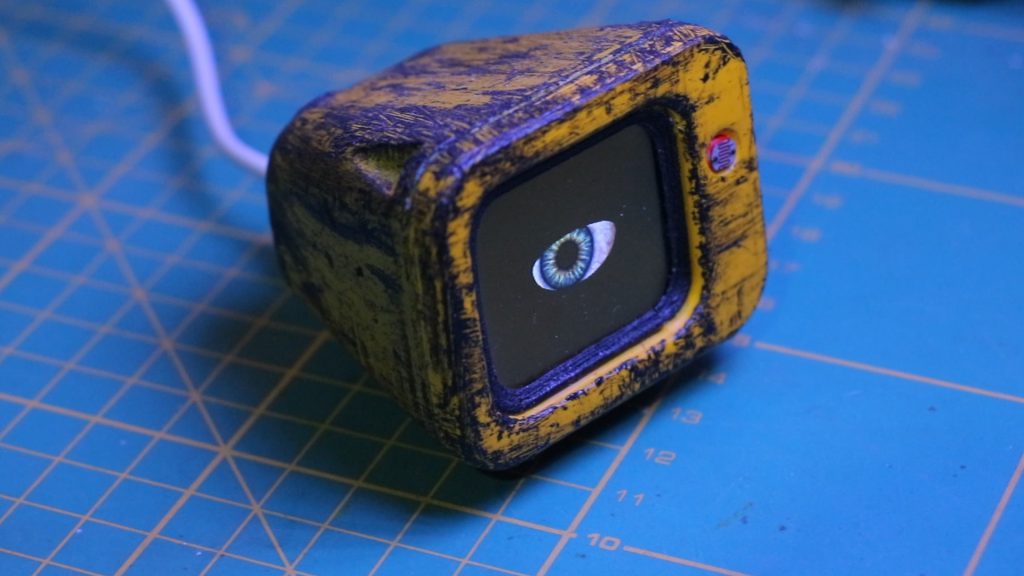
🎯 Features of Dr. EYE
The current version of Dr. EYE boasts an array of features that make it versatile and functional. Let's break down the main features:
1. ESP32 and ESP8266 Compatibility
Dr. EYE started with the ESP8266, but as the project progressed, I upgraded it to the more powerful ESP32. The ESP32 offers better performance and the ability to handle more complex tasks, such as smoother video playback on the display. The codebase is flexible and supports both microcontrollers.
2. TFT LCD ST7789 Display
The TFT LCD ST7789 is the heart of the visual aspect of Dr. EYE. Initially, I used the module version, but I later switched to the flat cable version to integrate it directly into the PCB. This display is perfect for rendering crisp images, videos, and animations, making it ideal for a range of applications.
3. Optical Glass Lens for Natural Eye Effect
One of the unique features of Dr. EYE is the addition of an optical glass lens, which adds a natural eye effect to the display. This makes it visually striking, giving the illusion of a real eye, which can be used in various creative and functional ways.
4. MicroSD Card Slot
Although not fully utilized yet, the microSD card slot provides additional storage options for the device. This feature opens up future possibilities such as storing and playing videos, saving images, or even recording CCTV footage if Dr. EYE is used in a security application.
5. TP4056 Battery Charger
Portability is key for any modern device, and Dr. EYE is no exception. With the TP4056 battery charger, you can power the device using a rechargeable battery, making it perfect for on-the-go applications. This adds another layer of convenience, allowing the device to be used in remote or mobile setups.
6. Over-the-Air (OTA) Updates
Thanks to ESP32 OTA (Over-the-Air) functionality, you can update the device’s firmware wirelessly without needing to physically connect it to your computer. This feature is a game-changer for development and maintenance, especially when working with a compact PCB where physical connections can be challenging.
7. Compact PCB Design
The project makes use of a compact PCB design, integrating all components, including the ESP32, TFT LCD, power management, and SD card slot. This compact design ensures the device is portable and easy to manage, despite packing in several features.
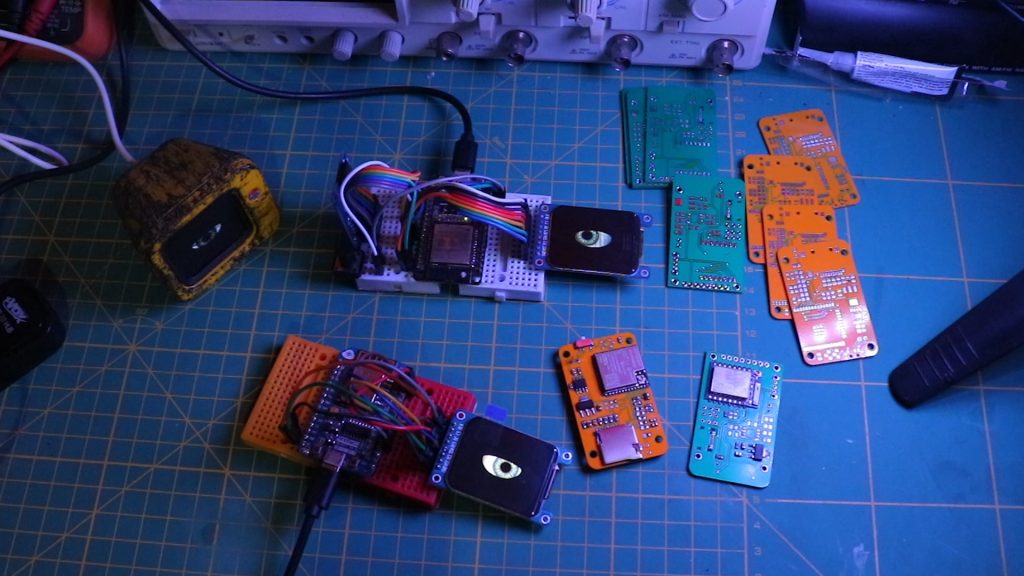
🎨 The Artistic Side of Dr. EYE
While Dr. EYE is a functional, tech-driven project, there’s an equally important artistic side to its creation. At its core, this project merges the realms of technology and art, where...
Read more » CiferTech
CiferTech
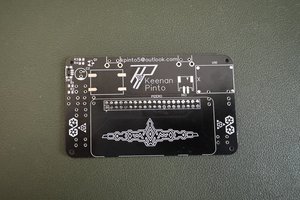
 Keenan Pinto
Keenan Pinto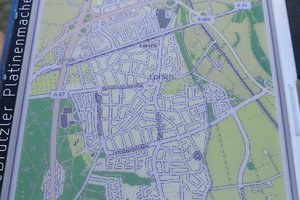
 Platinenmacher
Platinenmacher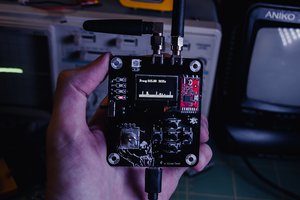
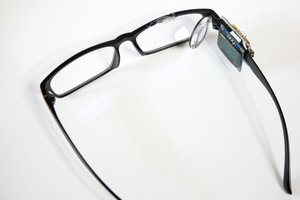
 Ultimate Robotics
Ultimate Robotics
This is awesome. The implementation of the lens to get the "curve effect" looks uncannily good.
So many possibilities to build up on that .... love it